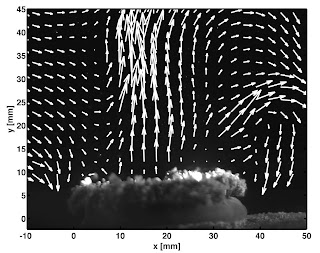
The current stock of jellyfish is shrinking like the last specimen of the first group. We think this is because we aren't feeding them enough and they are consuming their bell for sruvival. We're considering switching to a several times a day small feeding schedule. I'm still hopeful that at least some of them will bounce back.
The new tank is now filled with water and the filter is up and running. We need to finish transferring the sand. The live rock should be ordered today and will hopefully arrive well before the jellyfish.



